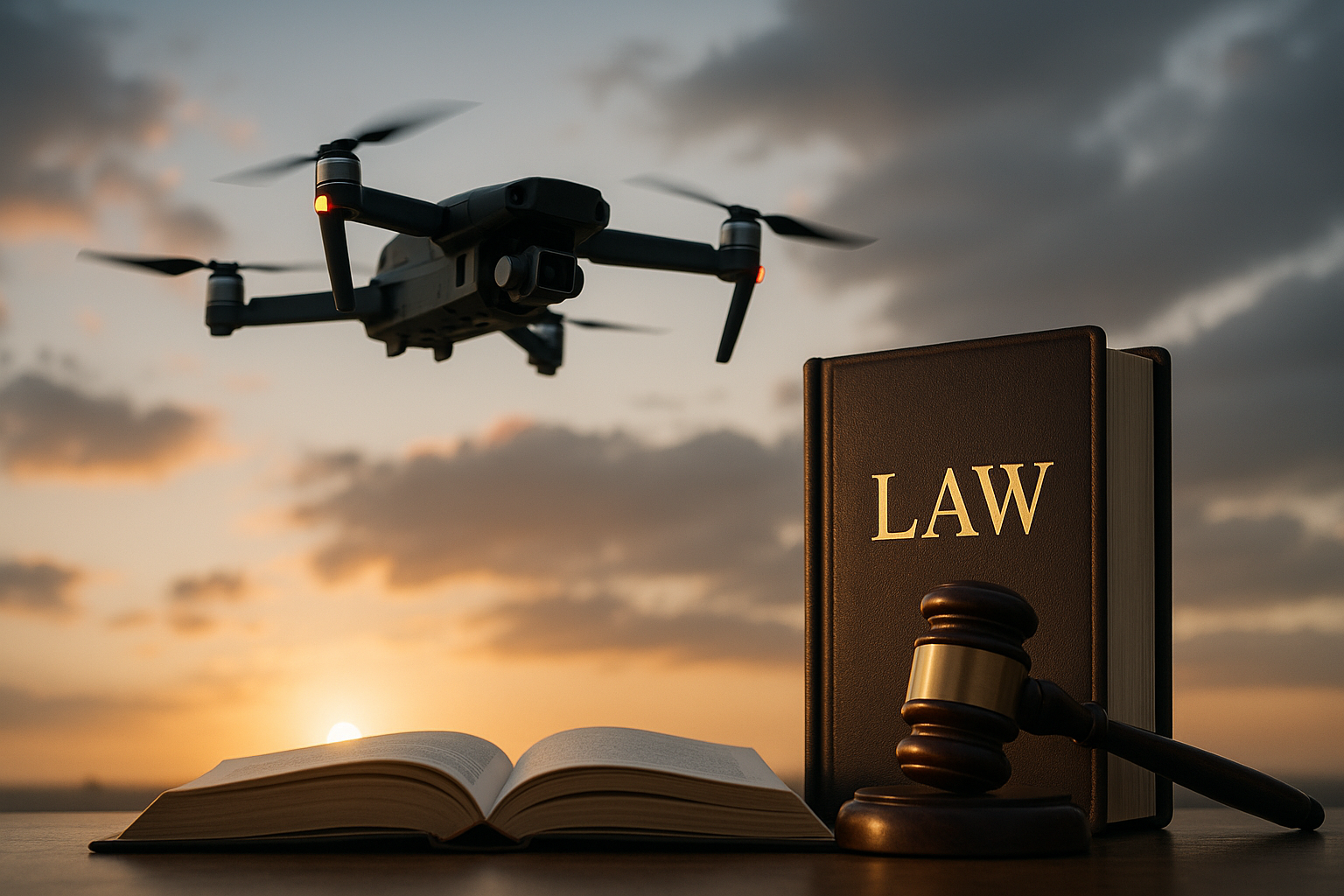The Rising Ubiquity of Drone Regulations: A Legal Perspective
Drone technology has made significant strides in recent years, leading to a myriad of applications in various sectors, from agriculture to security. However, with its rapid evolution and proliferation, the regulatory landscape surrounding drones has become complex and multifaceted. This article delves into the historical context, current legal updates, and societal implications of drone regulations.

A Historical Overview of Drone Regulations
Unmanned Aerial Vehicles (UAVs), commonly known as drones, have been under the purview of law since their inception. Their use in the military sparked the initial need for regulation, which was primarily focused on security concerns. However, as commercial and recreational use of drones began to rise, the need for comprehensive regulatory frameworks became increasingly evident.
The FAA and the Evolution of Drone Regulations
The Federal Aviation Administration (FAA) has since become the leading authority in drone regulations in the United States. Their jurisdiction over drones was established in the early 2000s, with regulations primarily revolving around weight, speed, and altitude restrictions. However, as drones became more sophisticated and widespread in use, the FAA started introducing more detailed regulations.
Current Legal Updates on Drone Regulations
In recent years, the FAA has introduced several updates to drone regulations. The most notable of these is the Remote ID rule, implemented in 2020. This rule requires drones to provide identification and location information accessible to the FAA, law enforcement, and the public. Other recent updates include the introduction of a drone operator’s license and stricter rules for flying drones near airports or populated areas.
Societal Implications and Impact of Drone Regulations
The current drone regulations have significant societal implications. They balance the need for safety and privacy with the benefits that drones bring to various sectors. While the regulations may limit some commercial and recreational drone activities, they are instrumental in preventing potential security threats and invasions of privacy. Moreover, they provide a legal framework for accountability in the event of drone-related mishaps.
The Future of Drone Regulations
Looking ahead, drone regulations are likely to continue evolving to keep pace with technological advancements. Areas such as drone delivery services, autonomous drones, and drone surveillance will necessitate new regulatory considerations. Balancing innovation with safety, privacy, and security will remain a key challenge for lawmakers and regulators.
In conclusion, drone regulations present a fascinating case study of law’s ability to adapt to technological advancements. As drones become increasingly integrated into our daily lives, the legal landscape surrounding them will continue to evolve, shaping and being shaped by societal needs and technological innovation.






